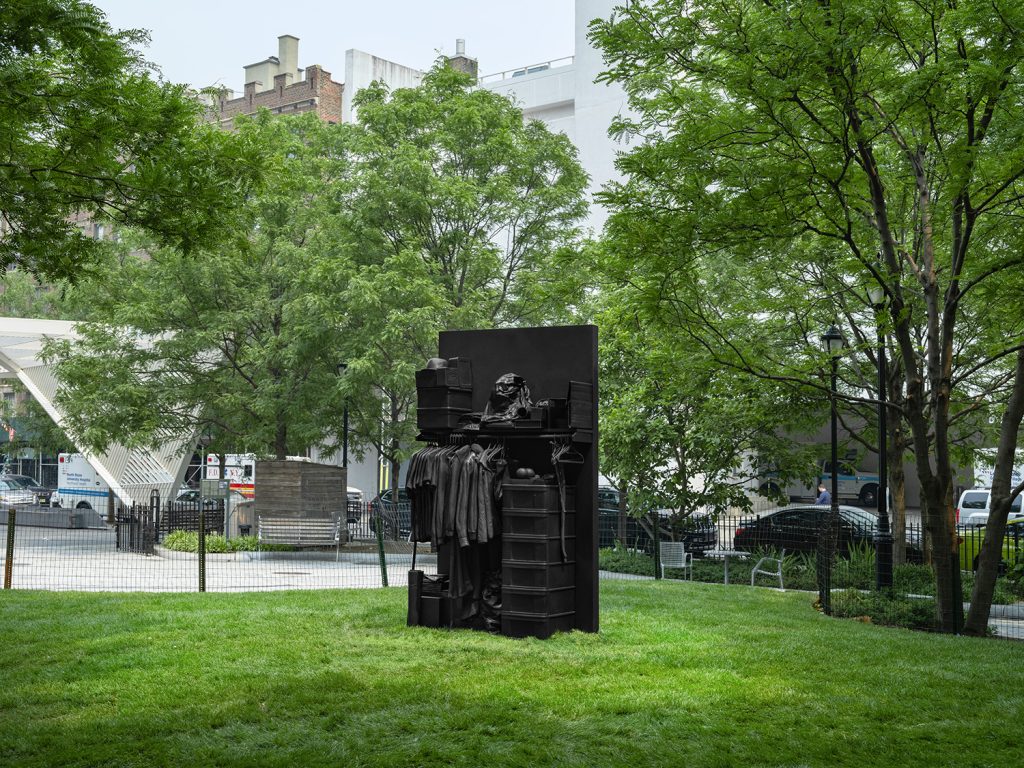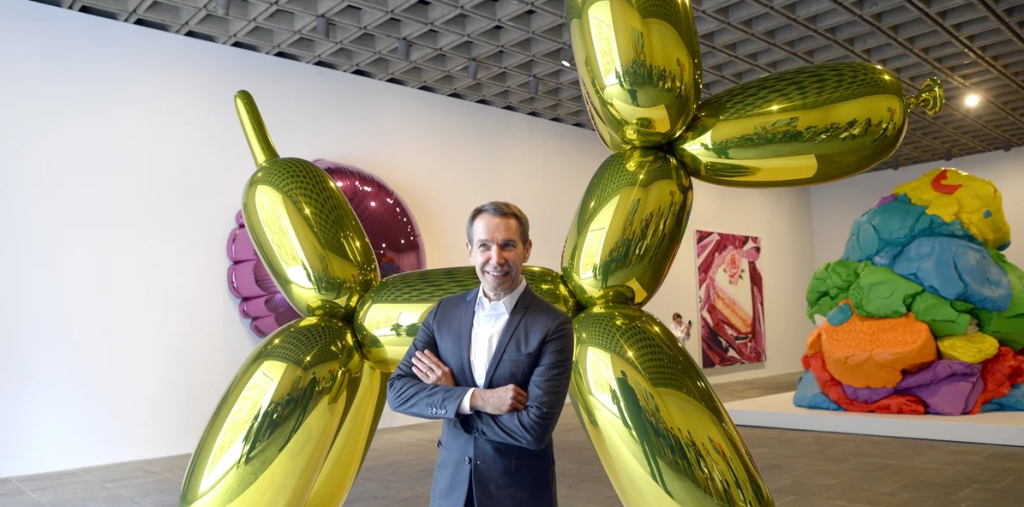The Sculptor’s Vision: Understanding Rodin’s Interpretation of Balzac
When we think of Auguste Rodin, we often envision the evocative forms and emotional depth of his sculptures. One of his most ambitious works, “Balzac,” showcases his unique artistic interpretation of the renowned French novelist Honoré de Balzac. Understanding this piece reveals not only Rodin’s mastery of material but also his deep appreciation for the written word.
The Concept Behind Rodin’s Balzac
Rodin’s representation of Balzac is more than just a physical likeness; it embodies the spirit and essence of the author. Commissioned in 1891, the statue was intended to commemorate Balzac’s literary contributions, particularly his impact on French literature. Instead of depicting the novelist in a traditional pose, Rodin chose to portray him in a contemplative stance, with a robe draped around his figure, evoking the image of an artist deep in thought. This choice reflects Rodin’s belief that art should convey the inner life of the subject, making the statue a profound homage to Balzac’s creative genius.
Material and Technique
Rodin’s choice of materials for “Balzac” significantly enhances the statue’s emotional resonance. He originally envisioned the piece in plaster, allowing for intricate details that capture the folds of Balzac’s robe and the intensity of his expression. This attention to detail is crucial, as it adds layers of meaning to the work. Additionally, Rodin was known for his innovative sculpting techniques, often using rough textures to depict raw emotion. In “Balzac,” these techniques create a dynamic contrast between the smooth areas of the figure and the roughness of the drapery, further emphasizing the complexity of Balzac’s character and creativity.
Cultural Impact and Legacy
Rodin’s “Balzac” has had a lasting influence on both the art world and literary culture. Initially met with mixed reviews, the sculpture sparked discussions about the relationship between literature and visual art. Critics debated whether Rodin successfully captured Balzac’s essence, and over the years, the piece has drawn attention from diverse audiences, fostering a greater appreciation for the interplay between sculpture and the written word. Today, “Balzac” stands as a testament to Rodin’s powerful vision and skill, illustrating how one artist can pay homage to another through the transformative powers of art.
In Conclusion
Rodin’s “Balzac” remains a pivotal piece in understanding the intersection of sculpture and literature. Through his innovative techniques and profound conceptual approach, Rodin transcends mere representation, making a compelling statement about creativity itself. If you’re interested in exploring more about art’s ability to capture the essence of its subjects, consider visiting a local museum or checking out resources online. There’s always more to learn and appreciate in the world of art!


